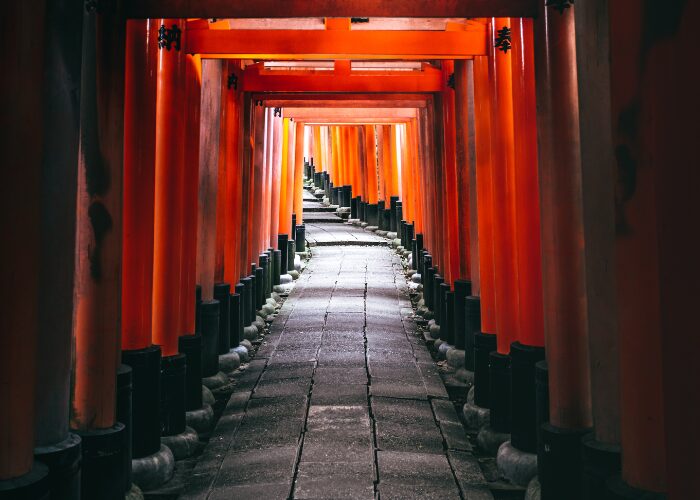
Japan is rich with myths and legends that have been passed down through generations. Here are some of the most famous ones:
1. The Creation Myth: Izanagi and Izanami
According to Shinto mythology, the islands of Japan were created by the gods Izanagi and Izanami. They were tasked with forming the land and, using a jeweled spear, stirred the ocean. The droplets that fell from the spear created the islands. Izanami later gave birth to various deities and, tragically, died giving birth to the fire god. Izanagi’s attempts to retrieve her from the underworld resulted in the creation of other gods, including Amaterasu, the sun goddess.
2. Amaterasu and the Cave
Amaterasu, the sun goddess, once hid herself in a cave due to her brother Susanoo’s misbehavior, plunging the world into darkness. The other gods and goddesses lured her out by throwing a party and using a mirror to catch her reflection. Her emergence brought light back to the world.
3. The Tale of Urashima Taro
Urashima Taro, a fisherman, saved a turtle and was taken to the underwater Dragon Palace (Ryūgū-jō) as a reward. He spent what felt like a few days there, but when he returned to his village, 300 years had passed. He was given a mysterious box (tamatebako) that he was told never to open. When he did, he aged rapidly and turned into an old man.
4. Momotaro (Peach Boy)
Momotaro is a popular folk hero born from a giant peach. An elderly couple found him and raised him. When he grew up, Momotaro set off on a journey to defeat ogres (oni) on a distant island, taking with him a dog, a monkey, and a pheasant. Together, they defeated the ogres and brought back treasure to his village.
5. The Tale of the Bamboo Cutter (The Tale of Princess Kaguya)
This is one of Japan’s oldest stories. A bamboo cutter found a tiny girl inside a glowing bamboo stalk. He and his wife raised her as their own. As she grew up, her beauty attracted many suitors, but she set impossible tasks for them to win her hand. Eventually, it was revealed that she was from the Moon and had to return there, leaving her earthly parents heartbroken.
6. Kappa
Kappa are water creatures often depicted as humanoid figures with a dish of water on their heads. They are known for their mischievous and sometimes malevolent behavior, like dragging people into water. However, they are also bound by a strict code of manners. If you bow to a kappa, it will feel compelled to bow back, causing the water to spill from its head and rendering it powerless.
7. Tengu
Tengu are bird-like goblins known to possess both human and avian features. They are skilled martial artists and are often depicted as protectors of mountains and forests. While they can be benevolent, they are also known for their trickery and mischievous nature.
8. Yurei (Ghosts)
Japanese ghost stories often feature yurei, spirits of the dead who have not found peace. These spirits can be vengeful and are often depicted in white burial kimonos with long black hair. Famous yurei include Okiku from the tale of the haunted well and Oiwa from the story of Yotsuya Kaidan.
These myths and legends are deeply embedded in Japanese culture and continue to influence literature, art, and everyday life in Japan.
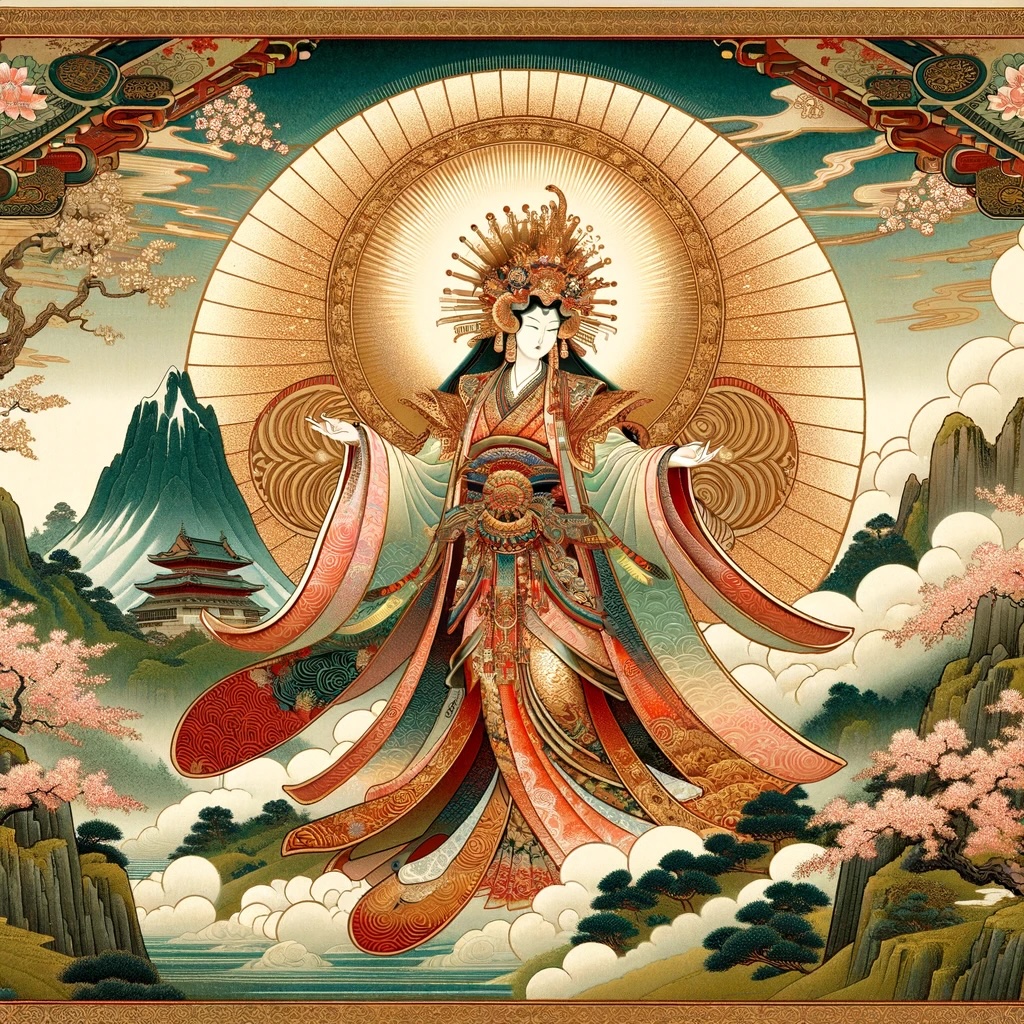
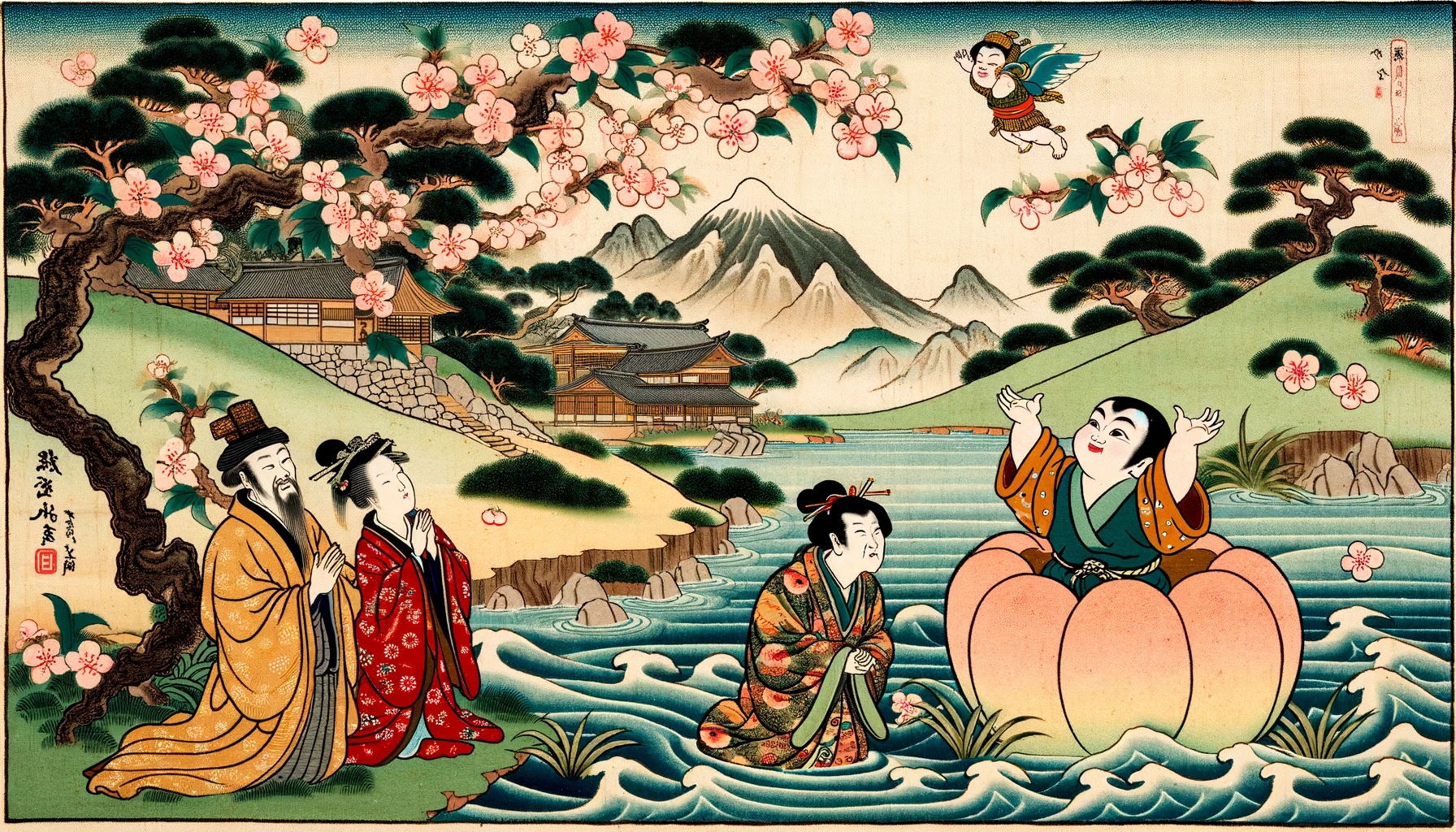
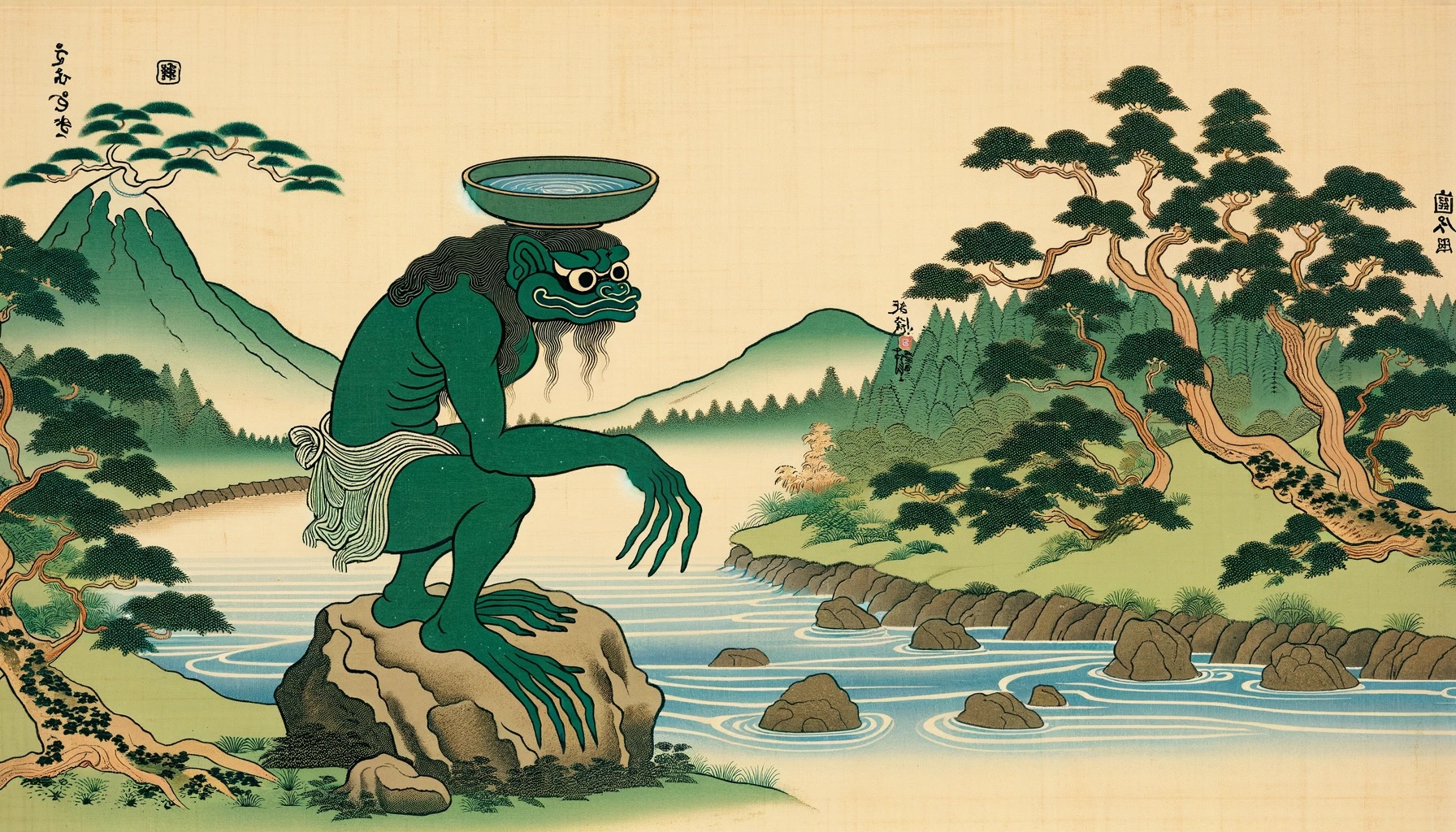
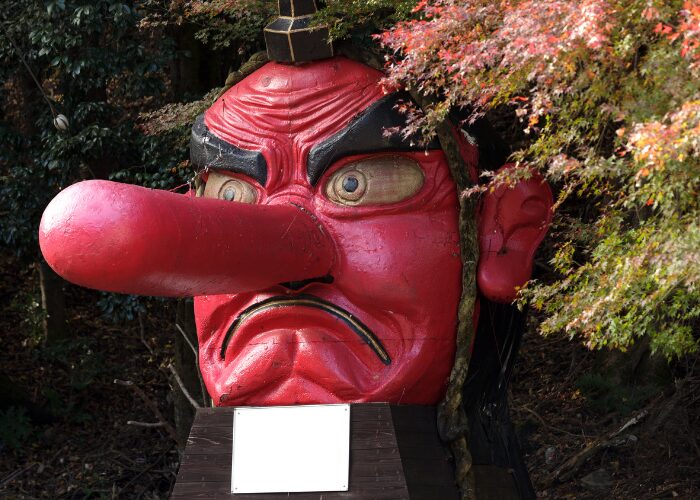
Leave a Reply